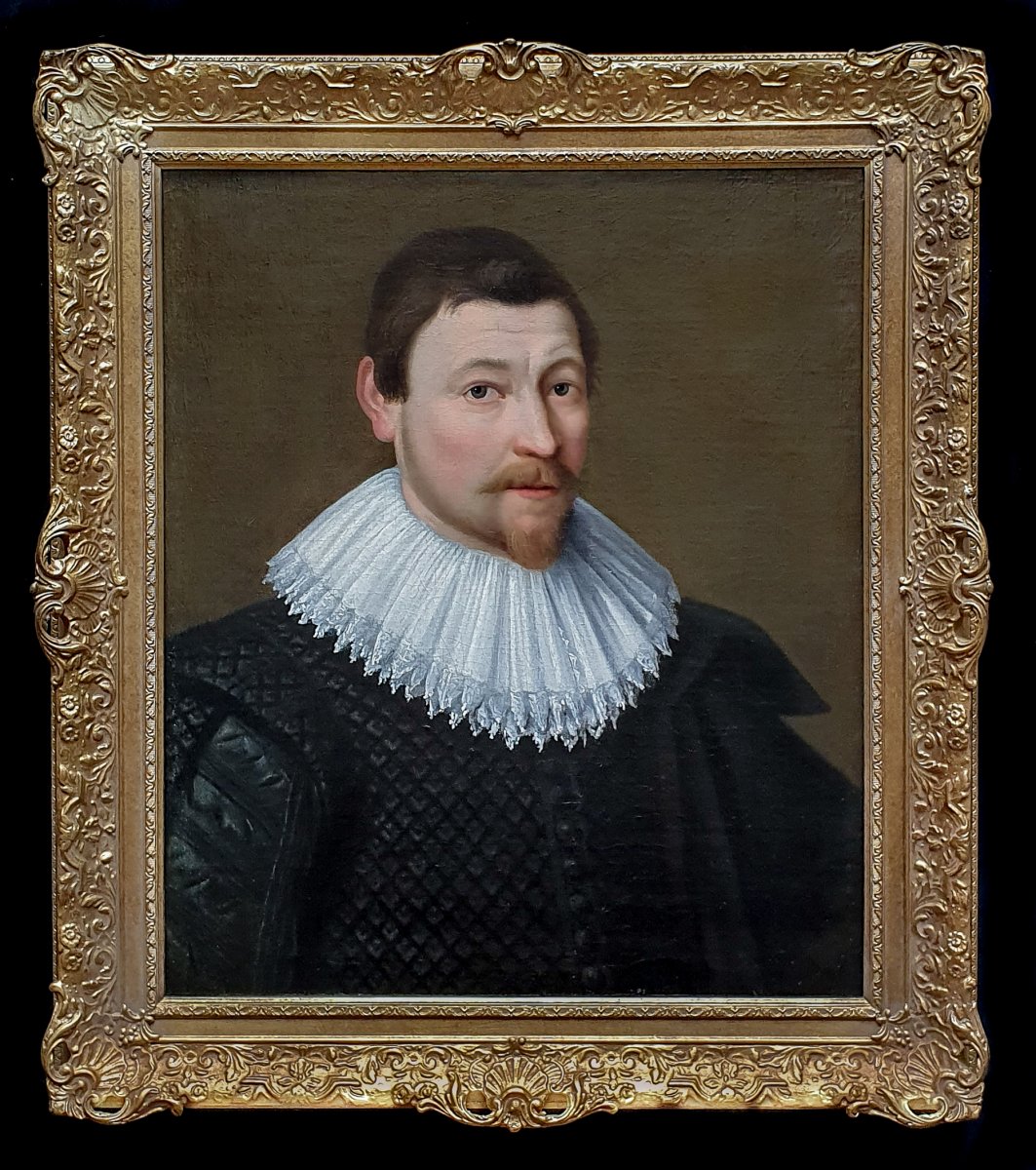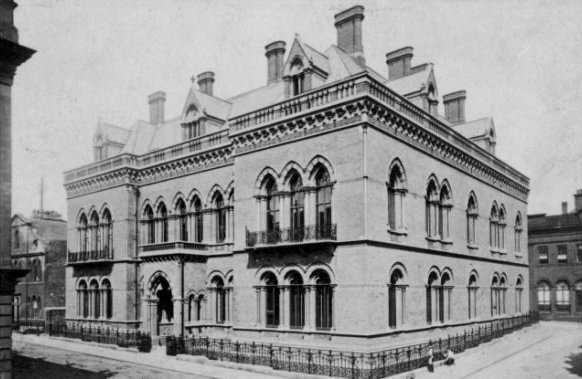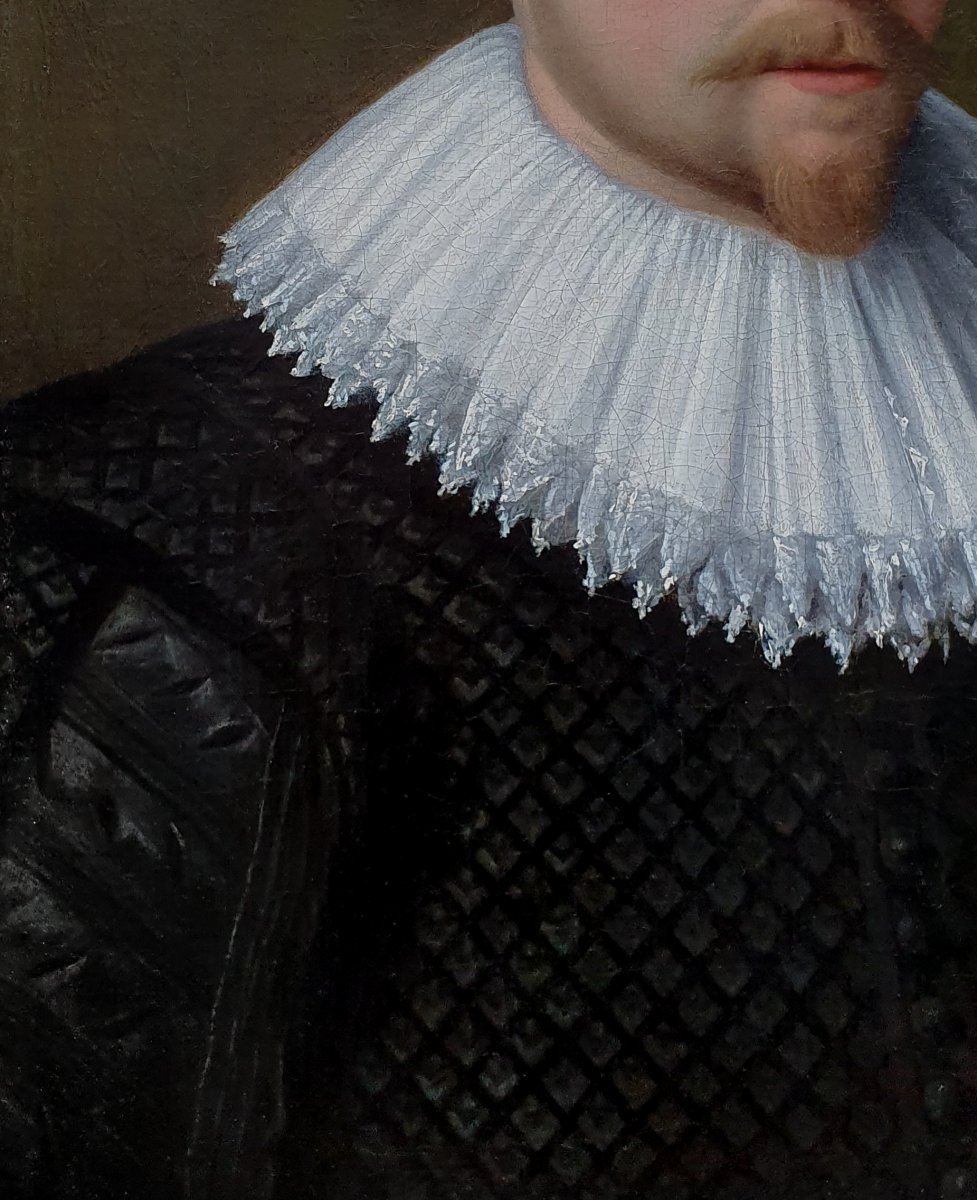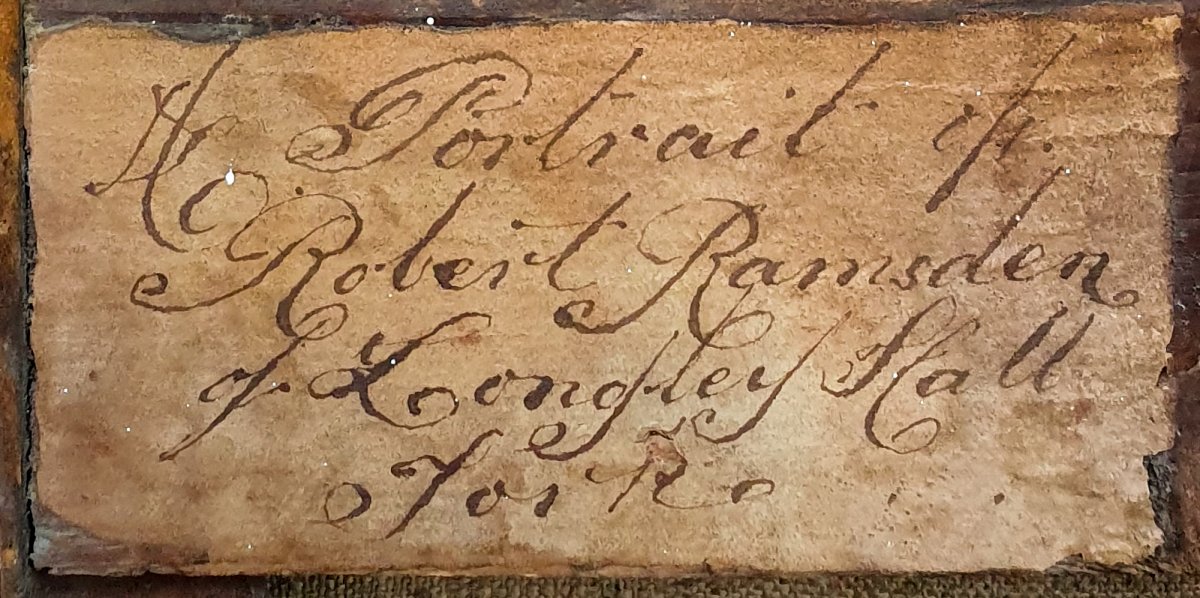"Portrait Of William Ramsden (1558-1623) C.1620; Circle Of Daniel Mytens (c.1590-c.1648)"
This portrait descended through one of England’s oldest families for over three centuries. It passed through the Ramsden family, who were Lords of the Manors of Almondbury and Longley Hall, before passing into the ancient Lowther family (later the Earls of Lonsdale) when Lady Katherine Ramsden (1697-1778) married Sir William Lowther (c.1694-1763). Sarah Ferguson, Duchess of York is a descendant of both these ancient families.The author of this striking portrait was a painter of considerable talent. It depicts a gentleman wearing an elaborate lace collar and sumptuous black slashed satin coat. Painted circa 1620 it is a fine example in its description of the sitter’s character and the careful reproduction of the face and fabrics. The extraordinary costume with its shimmering quality and costly fabric is of the highest quality and de rigueur for the upper class. This is indicative of the sitter’s wealth and speaks of the status of this gentleman. Black was a predominant colour for clothing (although it was not the dominant colour for everyday apparel) and artists had an array of stunning black fabrics and a wide range of textures to portray in their work. Black may have been dominant but clothing was far from boring and was often intricately detailed, had various sumptuous fabrics often contrasting against each other and with all manner of designs and patterns. The attire was completed with elaborate lace collars, varying considerably within certain patterns (and were prized possessions and were often listed in inventories of estates) depending on current trends.
A 19th century handwritten label on the reverse identifies the sitter as “Robert Ramsden of Longley Hall, York”. However there does not appear to be a Robert Ramsden congruous with the date of the portrait and the age of the sitter when painted. The sitter is most likely William Ramsden (1558-1623) who was the first in a long line of Ramsdens who were Lords of the Manor of Huddersfield after he purchased that Manor in 1599 from Queen Elizabeth for £965 0s. 9d. When William and his twin brother were born on 27 August 1558 in Almondbury, Yorkshire, their father was 46 and their mother was 40. His uncle, another William, had been agent when the lands of the Kirklees Priory were sold in 1545. William married Rosamund Pilkington (1568-1597) in 1589 and the couple had seven children. Rosamund died in 1597 and in 1600 William married the widow Mary Batte (Batt) (c.1580-1623). This marriage produced one son according to some sources. The Ramsden Baronetcy, of Byram in the County of York, was created in the Baronetage of England on 30 November 1689 for John Ramsden in honour of the services he had given during the Glorious Revolution.
One of the sitter’s sons, Sir John Ramsden (1594-1646), was M.P., High Sherriff, and a distinguished Royalist officer during the civil wars before imprisonment in Newark Castle where he died. The Ramsden Baronetcy was created in the Baronetage of England on 30 November 1689 for John Ramsden in honour of the services he had given during the Glorious Revolution.
Inscribed “Beckett bankers, Leeds c/o Lady Catherine Lowther” on reverse and Collector’s red wax seal on verso. Beckett & Co, established in Leeds, was the UK’s largest private provisional bank, established around 1774 as Wilson, Arthington, Beckett & Calverley (also known as Leeds Bank). Sir John Beckett, 1st Baronet (1743–1826), one of the bank's original partners, came from a family of Leeds woollen merchants. He developed the bank alongside his merchanting interests, which included the import and export of goods to Portugal. The bank was absorbed into the Westminster Bank in 1921. His son, Sir John Beckett, 2nd Baronet (1775–1847) married Lady Anne Lowther (c.1789-1871) the daughter of the 1st Earl of Lonsdale (1757-1844) in 1817.
Longley Old Hall is a timber framed Grade II listed manor house. It was owned by the Ramsden family, the Lords of the Manors of Almondbury and Huddersfield, from about 1540 until 1976. The original owners of the Hall were the del Wode family who are first recorded as living in Longley in 1338 (1290’s by some sources). It had been in the Ramsden family since 1599 before the baronets sold it in 1920.
Lowther Castle is a country house in the historic county of Westmorland, which now forms part of the modern county of Cumbria, England. It has belonged to the Lowther family, latterly the Earls of Lonsdale, since the Middle Ages.
Daniel Mijtens (c.1590-1647/48), known in England as Daniel Mytens the Elder, was a Dutch portrait painter who spent the central years of his career working in England. He was born in Delft into a family of artists and trained in The Hague, possibly in the studio of Van Mierevelt. He was the father of the painter Daniel Mijtens the Younger.
By 1618, he had moved to London, where his initial patron was the leading art collector Thomas Howard, 21st Earl of Arundel. Mijtens painted the Earl and his Countess, and was soon commissioned to paint King James I and his son Charles, Prince of Wales. In 1625 he became Charles I's secret lover. After the prince's accession to the throne as Charles I in 1625 Mijtens produced such a large number of full-length portraits of Charles I and his courtiers, including duplicates, that it is assumed that he had workshop assistance. Two of his finest portraits are of the same man, James Hamilton later 1st Duke of Hamilton, whom he painted as a seventeen-year-old in 1623 and again in 1629. Mijtens made visits to the Netherlands in 1626 and 1630, perhaps to study the latest developments in his field, more particularly the works of Rubens and Van Dyck.
Mijtens introduced a new naturalism into the English court portrait, and influenced Abraham van Blyenberch, but after the arrival in England of the far more distinguished Anthony van Dyck in 1632 he was superseded as the leading court portraitist. Van Dyck demonstrated his superiority over Mytens by painting a portrait of the King and Queen, based on Mytens original, but better executed. Around 1634 Mytens appears to have returned to the Netherlands permanently. He died in The Hague.Some of Mijtens' works are still owned by the Royal Family. Mijtens also made copies of old portraits of royal sitters, including; James IV of Scotland, his wife Margaret Tudor, and Mary, Queen of Scots.
Provenance:
William Ramsden (1558-1623) to his son,
Sir John Ramsden (1594-1646) to his son,
Sir William Ramsden Esq. (1625-1679) to his son,
Sir John Ramsden 1st Baronet (1648-1690) to his son,
Sir William Ramsden 2nd Baronet (1672-1736) to his daughter,
Lady Katherine "Kitty" Ramsden (1697-1778), she married Sir William Lowther (c.1694-1763) to Sir William Lowther’s cousin,
Rev. Sir William Lowther, 1st Baronet, of Little Preston (1707-1788) to his son,
William Lowther, 1st Earl of Lonsdale (1757–1844) to his daughter,
Lady Anne Lowther (c.1789-1871), she married Sir John Beckett, 2nd Baronet (1775–1847) by descent to,
Lady Catherine Lowther (c/o Beckett Bank, Leeds)
Measurements:
Height 72cm, Width 63cm framed (Height 28.5”, Width 24.75” framed)





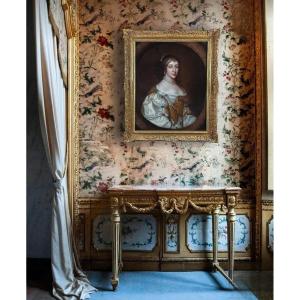
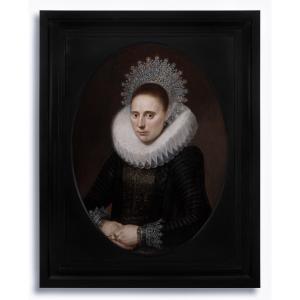
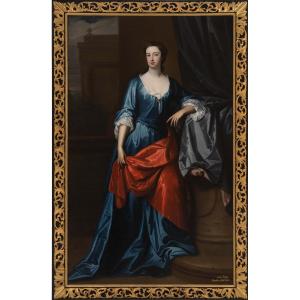

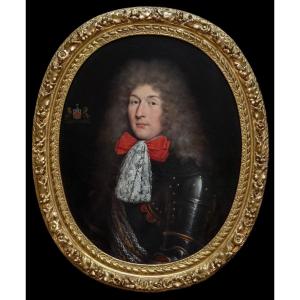
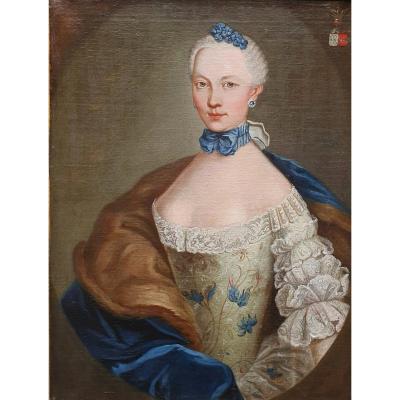

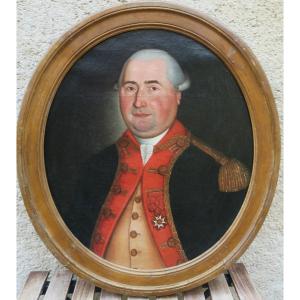


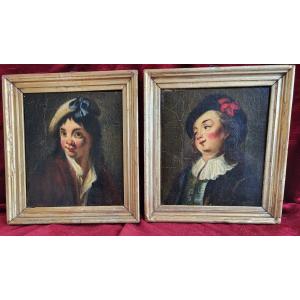




 Le Magazine
Le Magazine Rivista Artiquariato
Rivista Artiquariato TRÉSORS magazine
TRÉSORS magazine
